Letter from Rosehill Quarry
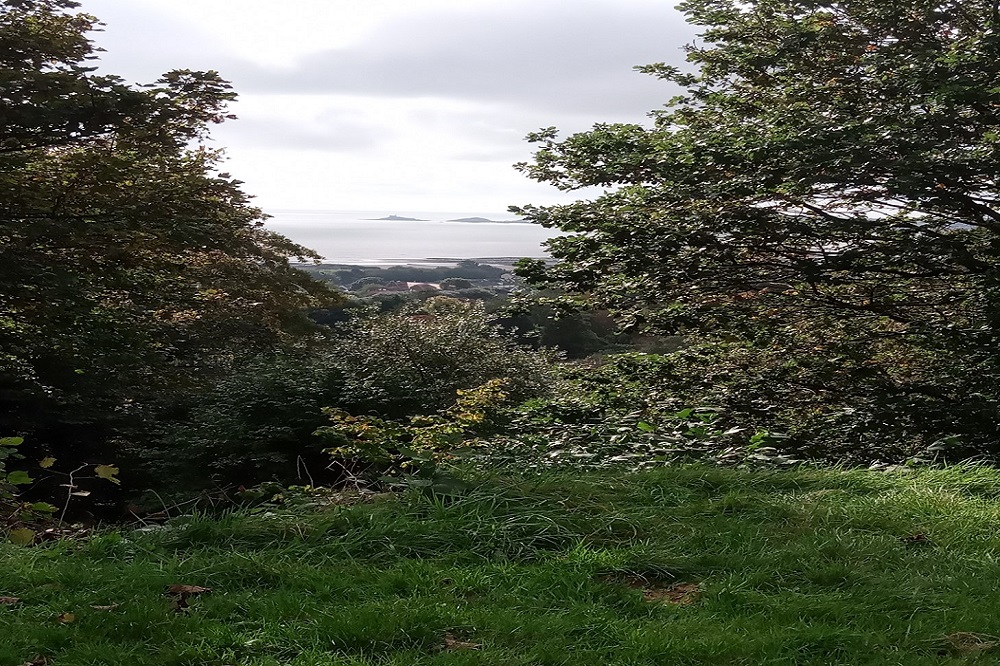
David Hughes
Most of us have special places where we can relax, feel at peace – a mountain, secluded valley, a particular beach. Unlikely as it may seem, Rosehill Community Park, a mile from the centre of Swansea is one of mine.
Its many shades of green, the jumbled jungle of trees, shrubs and weeds, sheer rock faces, trickling streams, ponds, hidden paths, steep steps, sudden stunning views across the bay, and the rich abundance of wildlife have captured my heart.
It is a startling, stimulating mixture of maintained park and ungoverned wildness – it is lush (in both the actual and Swansea sense!)
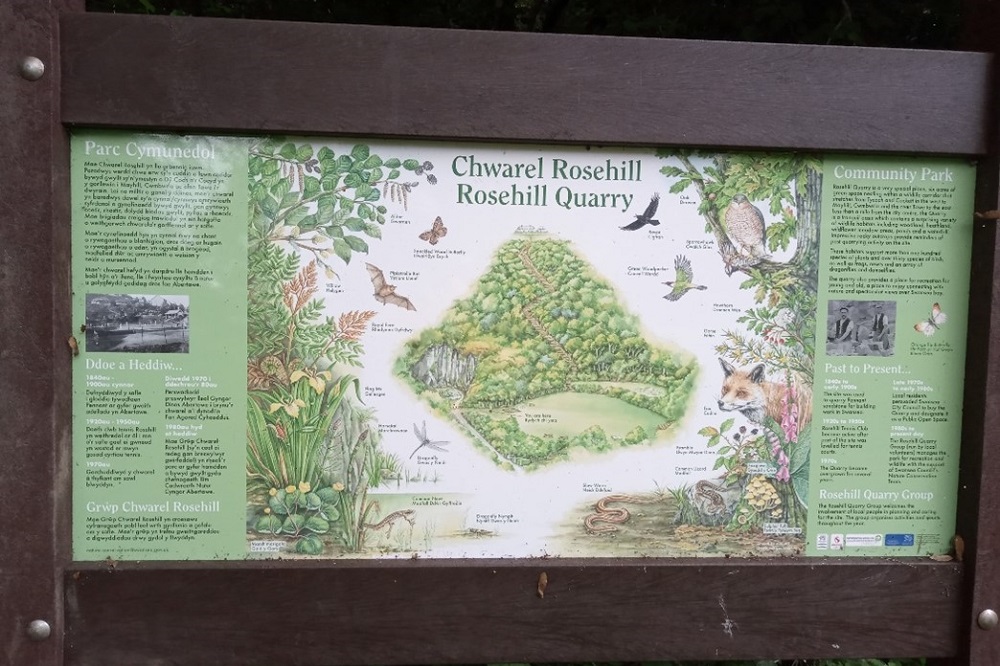
A bit of history
The present park’s existence is due firstly to the dramatic population growth in 19th century Swansea, triggered by the success of the coal and copper industries.
Farmland to the west of the old town was sold for housing and, quarries established on the flank of Townhill, provided the Pennant sandstone for building.
Rosehill quarry, owned by the Dawson family, was worked for about thirty years before closing in the late 1880s.
Some market gardening was done on the site and later a small poultry farm survived until the local foxes intervened but then, in the 1920s on what is now the open grassy area, a tennis club was created; it had 5 courts and a pavilion.
The club remained popular until the 1950s when it closed. (Mike Davies, the most successful and certainly the most influential Welsh tennis player swung a racquet here. He turned professional in the early 60s and later, as an administrator introduced major alterations to the game, including changing the colour of the ball.)
Over the next twenty years however the area became overgrown, an unofficial rubbish dump and a place to be avoided.
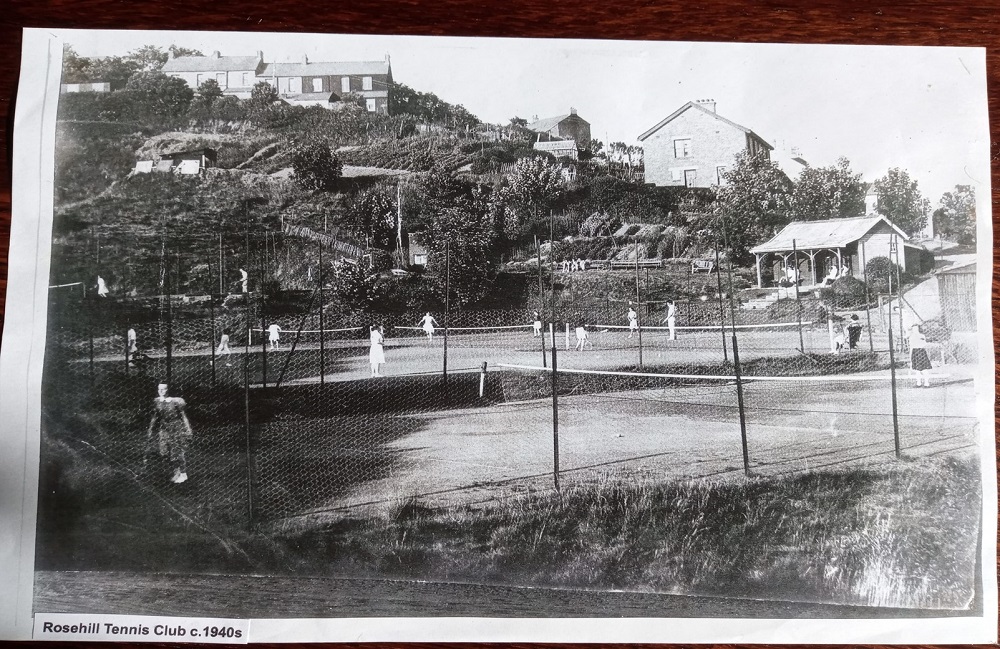
The second factor in ensuring the park came into being was the determination and energy of a group of local residents in the 1980s who persuaded the local council to purchase the land so that it could be developed into a community resource.
An employment scheme was established and over a few years the old quarry was transformed. Access was improved, steps were cut into the hill (200 of them), old paths cleared, play, picnic and viewing areas established.
One feature, unique in Swansea, was created – the labyrinth, and thanks to the efforts of the current volunteers it is still in place and ‘refreshed’ every year.
As a result of this earlier work, the park remains a wildlife haven and an important green space just a stone’s throw from the most densely populated parts of Swansea.
The Council, despite serious cutbacks remains very supportive of the volunteers’ work. It is used regularly by dog walkers, people taking short cuts, kids having a kick about and families picnicking.
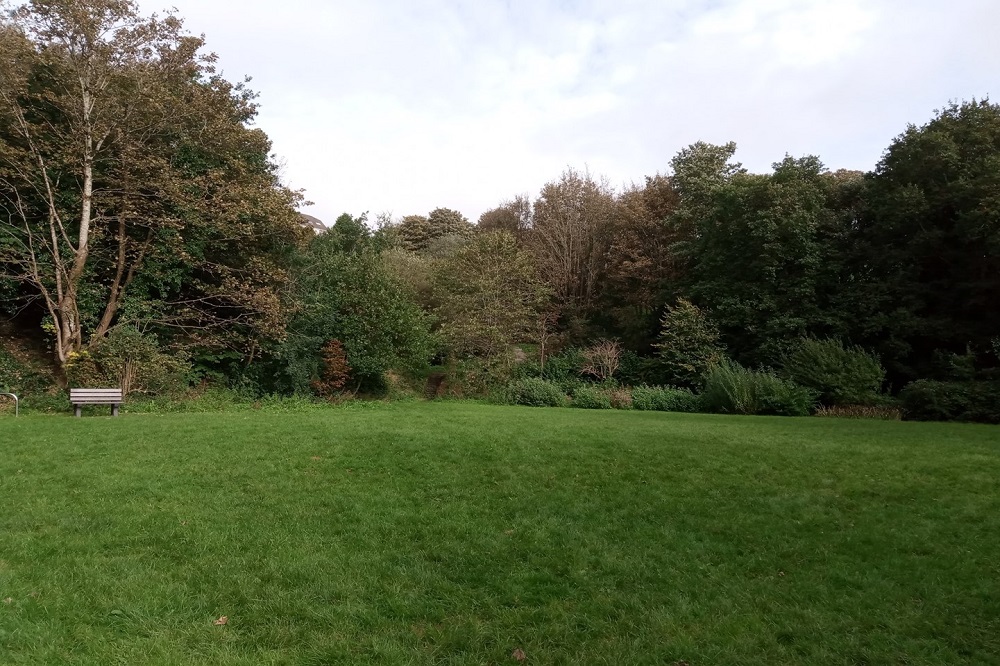
It does remain a secret place however despite its location and many people who live within a five-minute walk have mentioned being unaware of its existence.
Wedged between Mount Pleasant and Ffynonne with Townhill estate above, it has an outstanding array of flora and fauna.
Since joining the volunteer group which exists to protect and maintain the park, I have been spending more time here. On each visit while doing some humdrum task – litter picking or cutting back brambles, I become more aware of how special it is.
On a clear day I am likely to see a red kite or more frequently some buzzards swing in lazy arcs overhead, until the crows buzz the intruders – small kids ganging up on the bullies.
Out of the corner of my eye, a sparrowhawk homing in on a kill, zooms through the bushes and trees. All the usual garden birds are present as well as bullfinch, goldfinch, greater spotted woodpecker and long tail tits.
Grey and pied wagtails bob fussily around the two ponds. Crows are ever-present and between them, their different calls bring echoes of quarrying – the stone-tap tchack of jackdaws, chain-drag rattle of magpies, metal scrape and screech of jays and the cursing, groaning grunt of carrion crow and raven.
In summer, swallows and our few remaining swifts do their frantic aerobatics above the play area.
Foxes are occasionally seen during the day and the park is a home (sometimes temporary) to hedgehogs, squirrels, bats, newts, butterflies, moths, damsel and dragonflies.
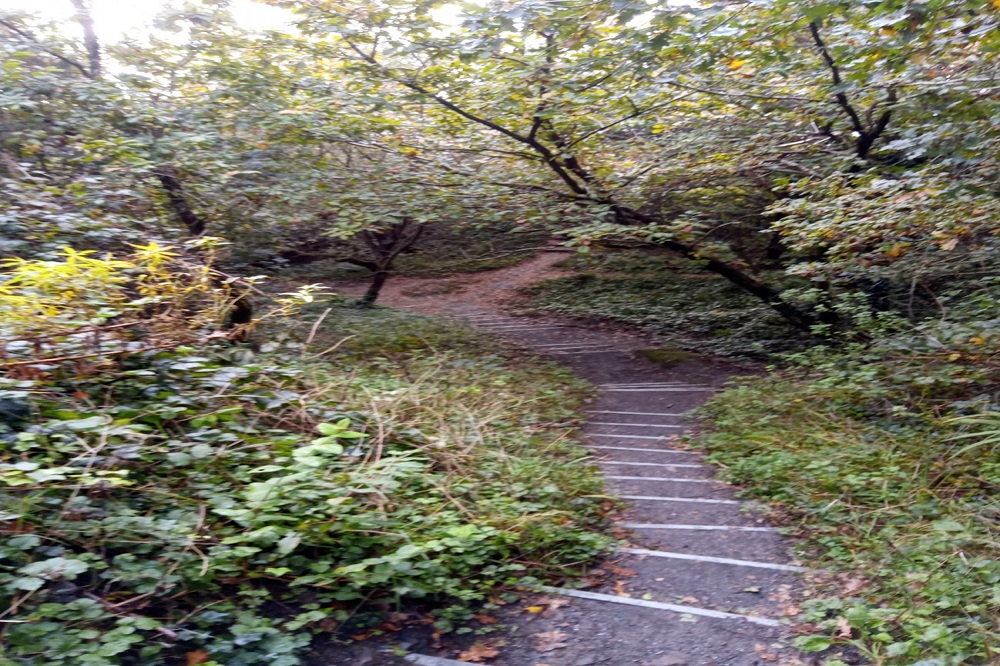
A survey some years ago indicated that there were more than a hundred different species of plants.
Hazel, hawthorn, birch, oak and the ubiquitous sycamore are the most familiar trees but there are also holly, holm oak, rowan and beech with one or two ash trees still hanging on.
Dealing with the undergrowth brings painful encounters with glove-shredding monster brambles, nettles, endless ivy and bindweed.
When engaged in this work I am always reminded of Gerard Manley Hopkins’ poem Inversnaid and the line ‘long live the weeds and the wilderness yet’ .
They do have long lives in Rosehill.

One of the big advantages of being part of the conservation group is that the members between them know a lot about nature.
Strange plants, odd trees, peculiar insects and birds are usually identified – if not, the next 24 hours sees our WhatsApp group buzzing with suggestions – and the occasional difference of opinion!
Some members have been involved for many years. One of our number played here as a child 50 years ago. People come and go but most seem to fall in love with the place.
We pick litter, clear paths and steps, plant trees and shrubs. We have made hedges, dry and living, developed a willow bed and a herb garden.
Specialist skills have been introduced by visiting experts and we maintain liaison with other similar local groups. We keep the tension between the cultivated and the wild in balance.
I think we volunteers benefit from and quite enjoy the physical work, but there is something else which keeps us coming back – Rosehill is good for the soul.
P.S. Volunteers meet Tuesday mornings between 10 and 12 and on the first Sunday of the month. A warm welcome to all. Look at our website www.rosehillquarry.org for more information and listen to a special song written for Rosehill by renowned folk musician and neighbour, Angharad Jenkins.
Support our Nation today
For the price of a cup of coffee a month you can help us create an independent, not-for-profit, national news service for the people of Wales, by the people of Wales.







A beautiful article about a beautiful place. Whenever I am in the area I always stroll up to see Rosehill. I look forward to seeing it again soon.